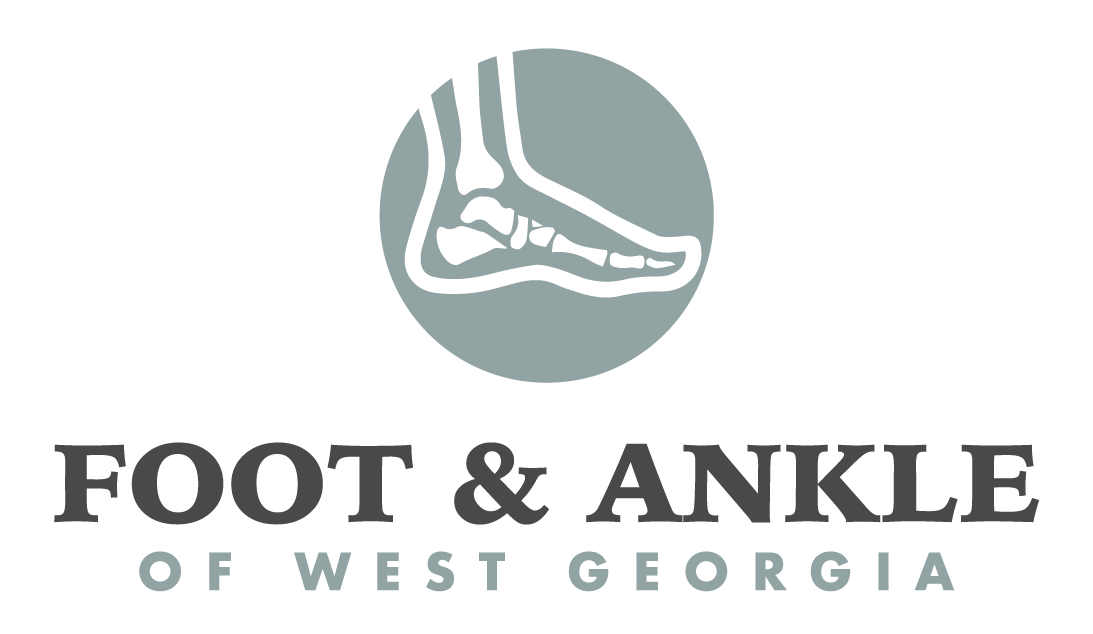Still Think High Heels Are Worth It?
It's not what fashion-conscious women want to hearâanother warning about high heels. According to a local foot and ankle surgeon, Dr. Alap Shah pump-style shoes often cause significant pain by irritating a common bony deformity on the back of the heel called 'pump bump.' In many cases, it can lead to bursitis or Achilles tendonitis if left untreated.
"Pump bump is common in young women who wear high heels almost every day," said Dr. Shah, and their feet take a beating as a result. "The rigid back of a pump-style shoe can create pressure that aggravates the heel bone when walking."
According to the ACFAS Consumer website, www.FootPhysicians.com, the bump or bony protrusion is a hereditary deformity that can cause Achilles tendonitis or bursitis due to constant irritation from pump-style shoes. Those with high arches or tight Achilles tendons are especially vulnerable to developing pump bump if they work in high heels.
The medical term for the disorder is Haglund's deformity. In addition to the noticeable bump, symptoms include pain where the Achilles tendon attaches to the heel, swelling in the back of the heel, and redness in the area.
In the large majority of cases, pump bump is treated non-surgically by reducing inflammation, but this does not get rid of the bony protrusion. "Pain relief is the primary treatment goal, so anti-inflammatory medications usually are prescribed," said Shah. He added that icing the back of the heel reduces swelling, and stretching exercises can relieve tension in the Achilles. Long-term, however, it's best to avoid wearing high heels, if possible.
"When the dress code requires high heels, I advise women to try heel lifts to decrease pressure on the heel or wear appropriate dress shoes that have soft backs or are backless," said Dr. Shah.
